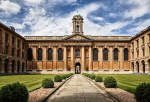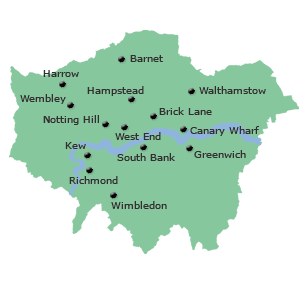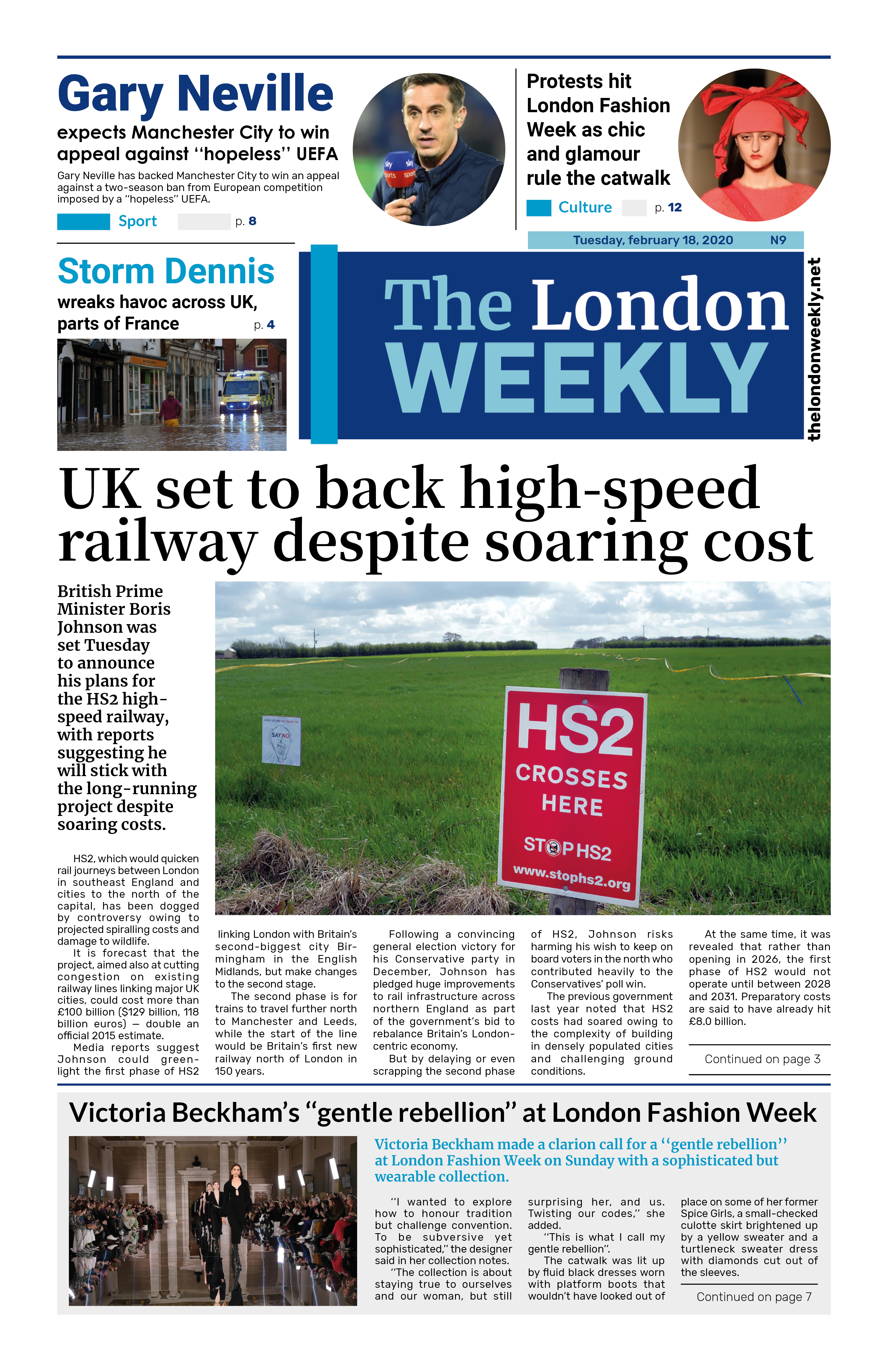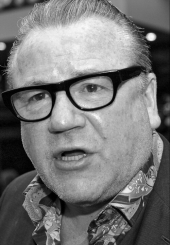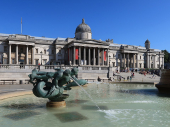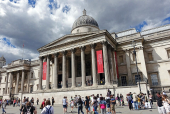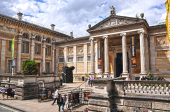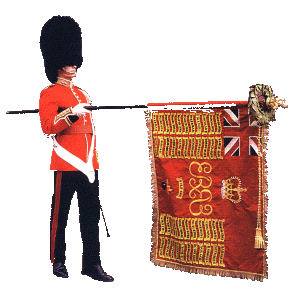
Thousands gathered in central London on Saturday to show support for transgender rights, just days after a controversial decision by the UK Supreme Court that defined a woman as someone
"biologically female at birth."
The protest, held in Parliament Square, drew a large and passionate crowd waving LGBTQ+ flags and holding signs like "Trans women are women!" and "Trans rights are human rights."
The court's ruling, delivered on Wednesday, concluded a legal challenge in Scotland that centered on differing interpretations of the Equality Act. It sided with the women’s rights group For Women Scotland, stating that the legal definition of “woman” should refer only to those assigned female at birth. Activists warn the decision could have far-reaching consequences for single-sex spaces such as bathrooms, hospital wards, and prisons.
Backlash from the LGBTQ+ community
Trans and non-binary activists swiftly condemned the ruling. Eevee Zayas, a protester from Spain, told AFP they fear the decision will embolden extremists and fuel an increase in hate crimes targeting the trans community.
Stonewall, a leading LGBTQ+ charity, called the ruling "incredibly worrying," while Amnesty International voiced concern about its implications. Still, Amnesty emphasized that the decision doesn’t strip trans people of existing legal protections under the Equality Act, specifically the characteristic of “gender reassignment.”
The UK Supreme Court also clarified that while it ruled on the definition of "woman," trans individuals remain protected under anti-discrimination laws.
Background of the case
The case was brought by For Women Scotland, a group opposing a Scottish law that allowed people with a Gender Recognition Certificate (GRC) to be legally recognized as women. The group argued that this expanded definition could undermine sex-based rights across the UK.
Their appeal to the Supreme Court sought to reverse the Scottish Parliament’s broader interpretation, which they claimed could have lasting effects on policies concerning single-sex spaces in Scotland, England, and Wales. Photo by Tom Morris, Wikimedia commons.
















